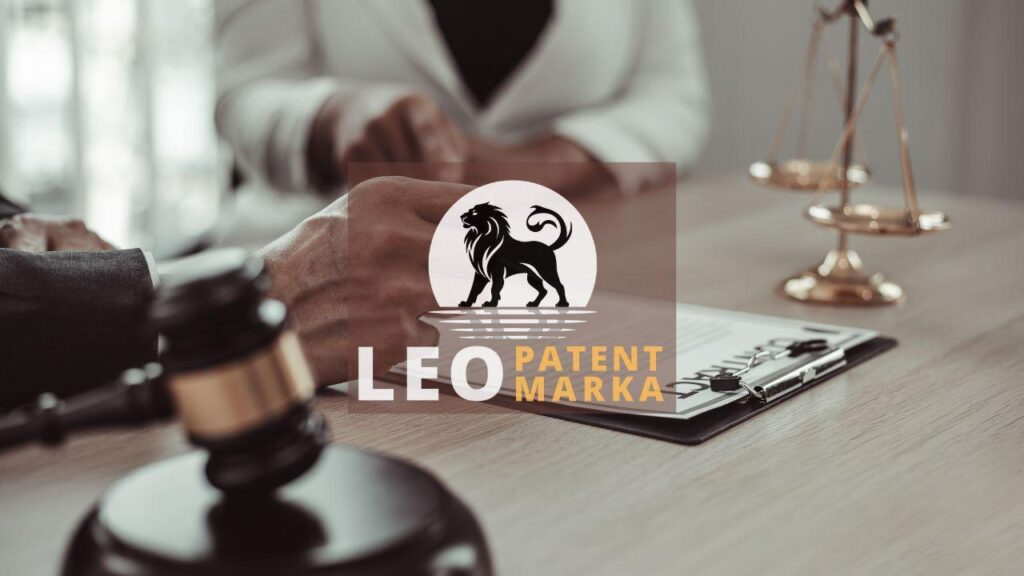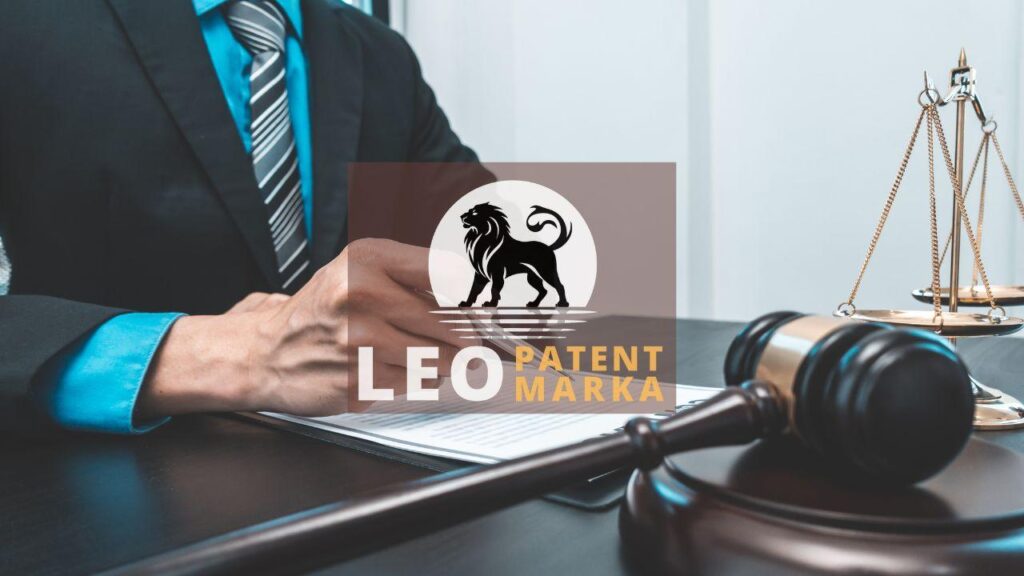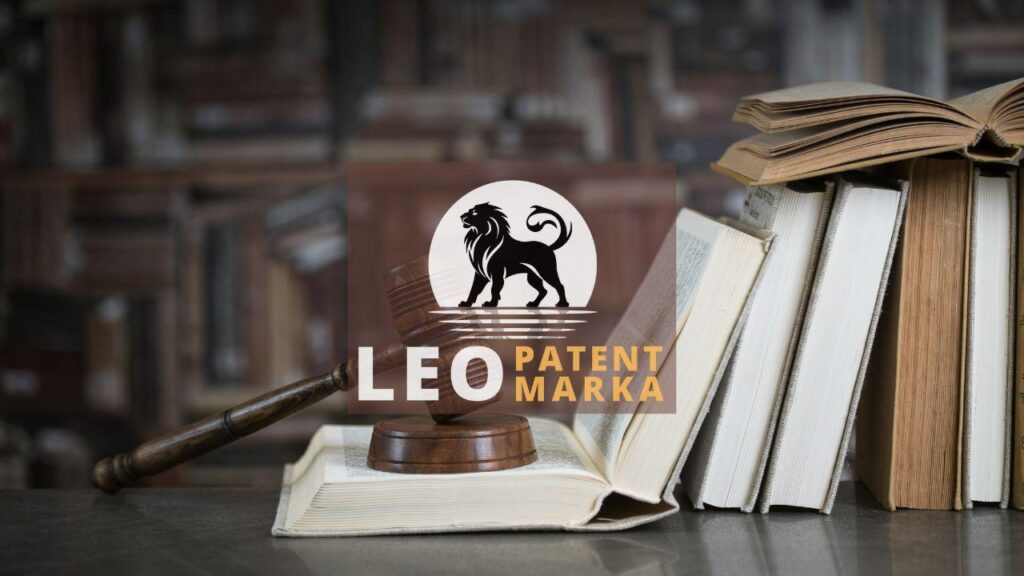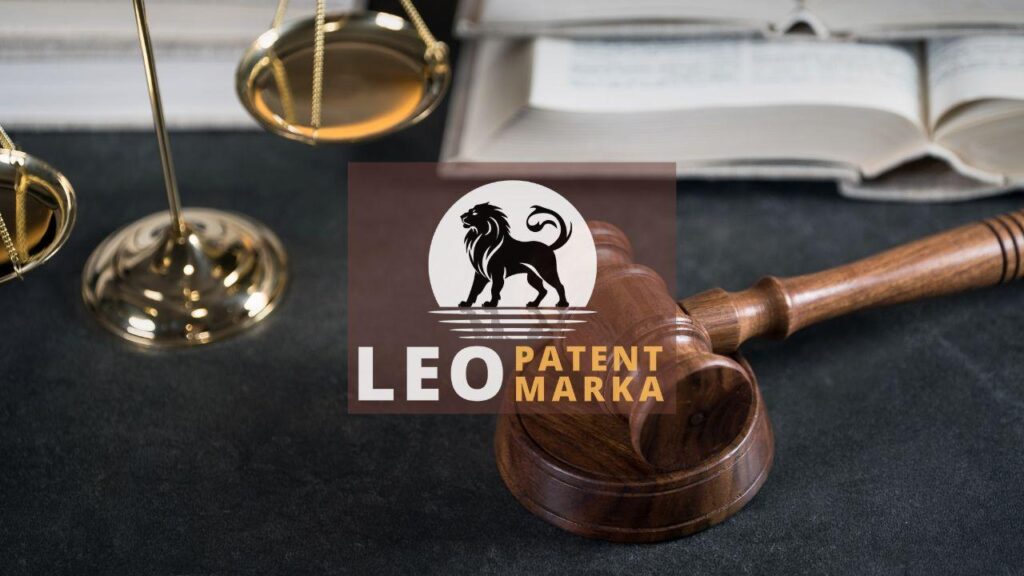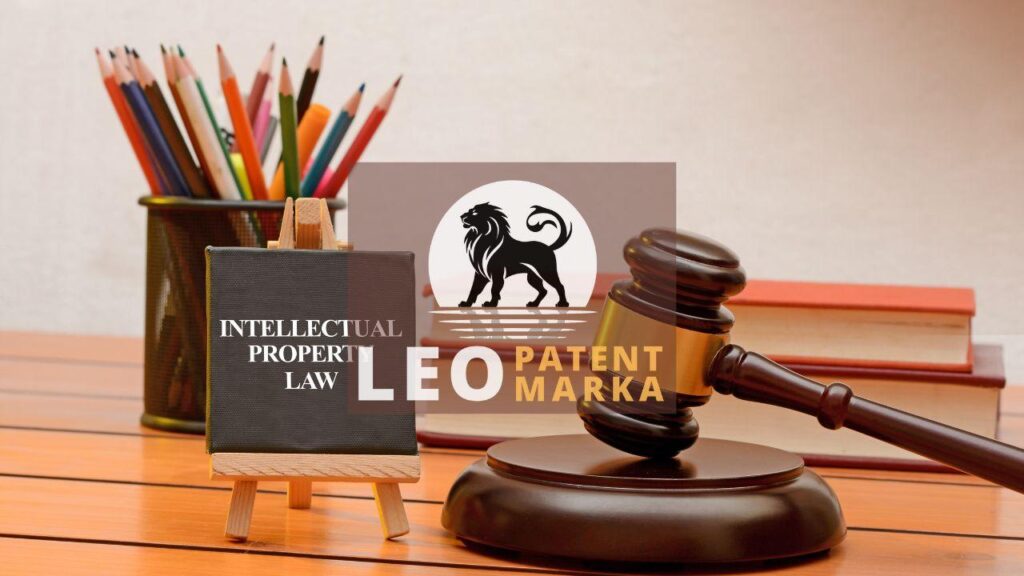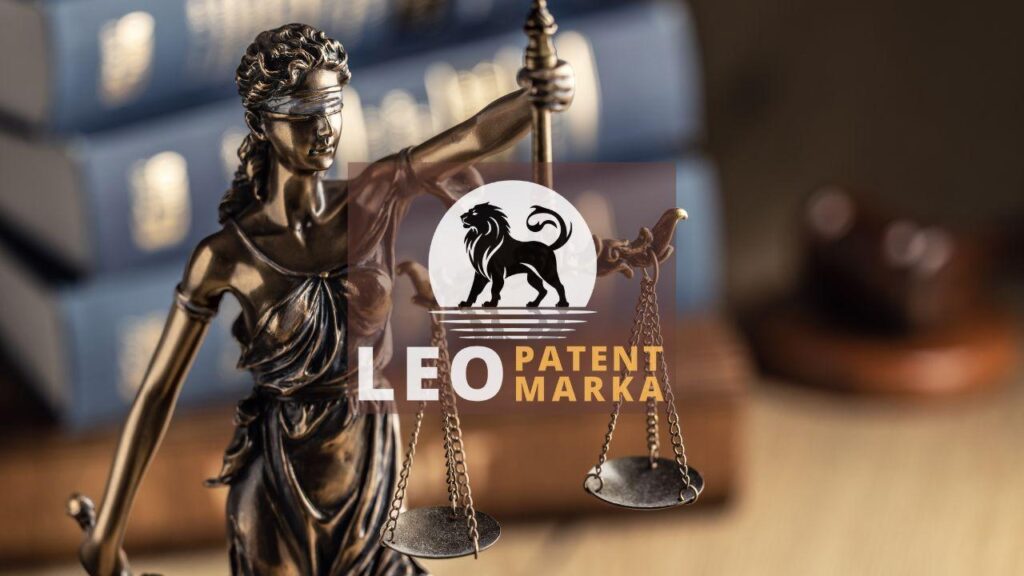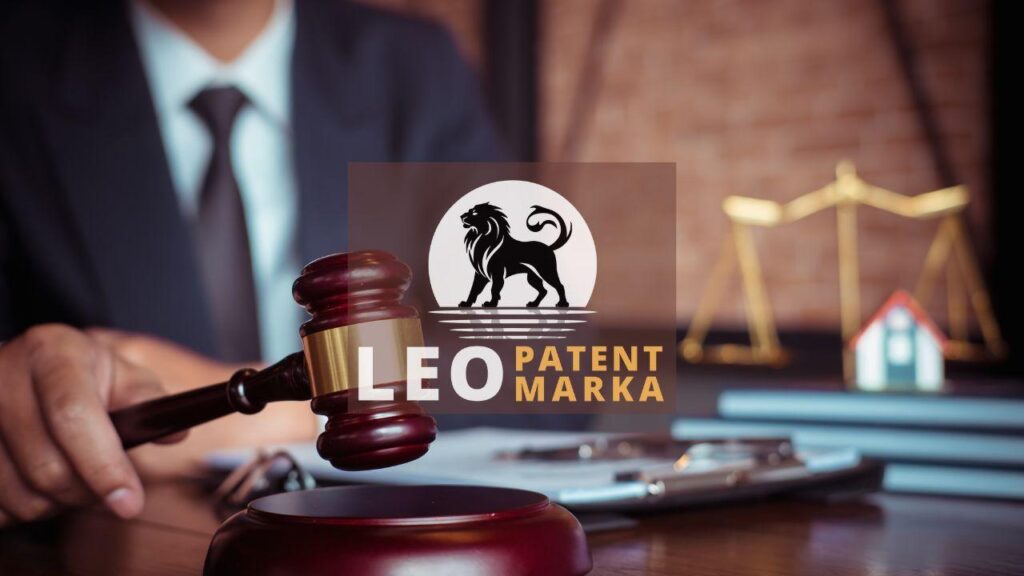A UDRP complaint is like sending a lifeline when your ship, or rather your domain, hits turbulent waters. Imagine investing in a domain only to find someone else capitalizing on your name. The Uniform Domain-Name Dispute-Resolution Policy (UDRP) becomes your compass. This policy serves as a structured method for domain dispute resolution, aiming to solve conflicts over domain ownership outside traditional courtrooms. Understanding how UDRP works can mean the difference between salvaging a domain asset and losing it entirely. At its core, the UDRP process is designed to be swift and effective, addressing grievances over bad-faith registrations head-on. To get a firm grip on domain issues, having UDRP explained can unravel the complexities involved. It’s about leveling the playing field, ensuring rightful ownership is respected. Whether you’re new to this or knee-deep in such matters, comprehending what a UDRP complaint entails is crucial for your digital real estate’s safekeeping.
Understanding the UDRP Process: A Step-by-Step Guide
Navigating a UDRP complaint is akin to following a well-marked map through a digital labyrinth. The UDRP process begins with filing your complaint against the disputed domain, much like setting sail on uncharted waters. Here, clarity and precision are your allies; each point you make should resonate like a ship’s bell in foggy seas. Notifying the domain holder comes next, akin to sending a signal to the opposing ship. If this doesn’t resolve the issue, expert panels step in to guide you through domain dispute resolution. Their role in determining bad-faith registration offers a ray of hope amidst the storm. Understanding how UDRP works is fundamental to turning the tides in your favor. The UDRP explained can be a beacon, illuminating paths in the often murky waters of domain disputes. Embarking on this journey with clear knowledge ensures you’re well-prepared for what lies ahead.
Understanding the UDRP process is akin to viewing a detailed treasure map, where each step is crucial in reclaiming what’s rightfully yours. First, the UDRP complaint kicks off the journey by laying out all claims against the alleged infringer. This is where your case needs to be tight as a drum, providing evidence like a detective piecing together a mystery. Once submitted, the domain holder is given notice, offering them a chance to respond—a meeting on the digital high seas. If negotiations fall short, an expert panel convenes to deliberate the case, acting as wise arbiters in this domain dispute resolution. They assess evidence and determine if bad faith lurks in the shadows of registration. As these experts render their decision, you’ll discover how UDRP works, turning insight into action. With UDRP explained, the complex process becomes less daunting, guiding claimants through this legal maze towards rightful domain ownership.
The voyage continues with the decision phase, where patience becomes your steadfast companion. Once an expert panel has made its ruling, the outcome of your UDRP complaint sails into view. This stage mirrors a captain receiving a weather report that could brighten or storm your journey. If the decision favors you, the domain transfer powers through, bringing relief akin to a cresting wave breaking on shore. Alternatively, should the verdict not chart in your favor, a deeper understanding of how UDRP works becomes essential. This insight could spark a strategic reevaluation or even a final course correction through litigation. As the quintessential step in domain dispute resolution, absorbing the full narrative with UDRP explained allows you to plot a path forward—whether to navigate a repeat process or explore other corners of digital advocacy. Each twist and turn in this guide empowers you to safeguard your domain with clarity and resolve.
The Legal Implications of UDRP Complaints
Navigating the murky waters of digital legalities brings the UDRP complaint into sharp focus. It’s like the rulebook in a high-stakes game where the ownership of domain names hangs in the balance. When someone swipes a domain under questionable pretenses, the UDRP process kicks in, bringing domain dispute resolution to the fore. This approach doesn’t only straighten out the web real estate landscape but also shines a spotlight on how UDRP works. Essentially, it serves as a swift tool to thwart bad-faith registrations, showcasing UDRP explained in action. The legal implications are clear-cut: violators could face a mandatory transfer of domain ownership or even cancellation, ensuring that digital property rights are preserved. The UDRP complaint acts as a guardian, safeguarding against unscrupulous practices, making it indispensable for maintaining the integrity of our online domains.
A UDRP complaint is more than just paperwork; it’s a legal safety net in the often treacherous landscape of domain ownership. Think of it as the scales of justice balancing the playing field. When conflicts arise, the UDRP process is your lawyer, judge, and jury rolled into one, ready to tackle domain dispute resolution head-on. Bad-faith actors, those who register domains just to sell them back at inflated rates, find themselves caught in a web of accountability. The process ensures these cybersquatters face consequences, a testament to how UDRP works in action. UDRP explained in real time, provides a mechanism for rightful owners to reclaim control. The stakes include domain transfers, leaving unscrupulous parties with one less pawn in their game. By embracing the UDRP complaint mechanism, businesses protect their digital footprint, ensuring their brand remains untainted by unauthorized hands.
When examining the legal implications of a UDRP complaint, the scales of justice remain well-balanced. Picture stepping into a courtroom with a legal powerhouse backing you up. Here, the UDRP process is straightforward, providing a cost-effective alternative to lengthy litigation. Understanding how UDRP works means knowing that the stakes can be substantial. Domain dispute resolution through this mechanism results in either the transfer or even cancellation of a domain. This ensures that ownership rights are not overshadowed by opportunistic wrongdoing. UDRP explained underlines its preventative prowess, dissuading cybersquatters from hijacking digital identities. In this legal arena, UDRP complaints stand firm as a defensive barricade, a testament to the system’s efficiency and fairness. With each resolution, rightful control over online assets is restored, showcasing the policy’s commitment to preserving online integrity without dragging disputes through the traditional legal system.
Navigating Domain Disputes: UDRP Case Studies and Precedents
In the ever-evolving landscape of the internet, the UDRP complaint stands as a beacon for many tangled in domain disputes. Picture this: A small business owner discovers their cherished brand name is squat on by someone else—leading to lost customers and a tarnished reputation. Enter the UDRP process, which has seen countless case studies and precedents mold its framework, proving its merit time and again. Diving into these cases, UDRP explained reveals a practical path for those ensnared in the thorny thickets of domain dispute resolution. These cases often showcase the nuances of how UDRP works under the scrutiny of expert panels, ensuring justice is served swiftly. Such precedents not only offer guidance but also uphold the integrity of rightful ownership in the digital domain. By exploring these stories, businesses and individuals alike gain clarity, avoiding pitfalls while safeguarding their online presence with confidence.
UDRP complaint scenarios often mirror a courtroom drama, minus the gavel. Let’s explore an intriguing case where an aspiring entrepreneur, poised to launch an innovative product, stumbled upon her domain name hijacked by an opportunistic party. Frustration brewed as potential buyers turned elsewhere, highlighting the urgent need for a remedy. Here, the UDRP process shone—swift as a hawk diving for prey—identifying bad-faith registration with clarity. By studying such compelling tales, one can see how UDRP works, often outpacing traditional legal battles in efficiency. UDRP explained offers a valuable toolkit, enabling those ensnared in similar quandaries to step into battle armed with knowledge. These precedents form a virtual roadmap for newcomers, illustrating the ins and outs of domain dispute resolution. Through this lens, aspiring entrepreneurs and seasoned veterans alike can chart their course confidently, ensuring their digital rights aren’t just a fleeting mirage.
UDRP case studies often unfold like a gripping detective novel, peeling back layers of deceit in domain disputes. Consider a global nonprofit falsely mirrored by cyber squatters, diverting goodwill into obscurity. With the UDRP process as their trusted ally, the nonprofit initiated a domain dispute resolution. The result? A swift return of their rightful digital identity—showcasing precisely how UDRP works in demanding circumstances. UDRP explained through such stories sheds light on its procedural magic. Precedents serve not only as lessons but as clarions for due diligence, empowering organizations to stand tall against duplicity. Whether you’re safeguarding a virtual brand or reclaiming your name from digital pirates, these narratives illustrate the potency and agility of the UDRP complaint. Ultimately, in a landscape riddled with potential missteps, these case studies map the route to assertive action and preservation of digital heritage.
Disclaimer: This article is for general information purposes only and it is recommended that you consult experts and companies in that field to evaluate your specific situation. We are not responsible for any damage that may arise from the use of the information in this article.

